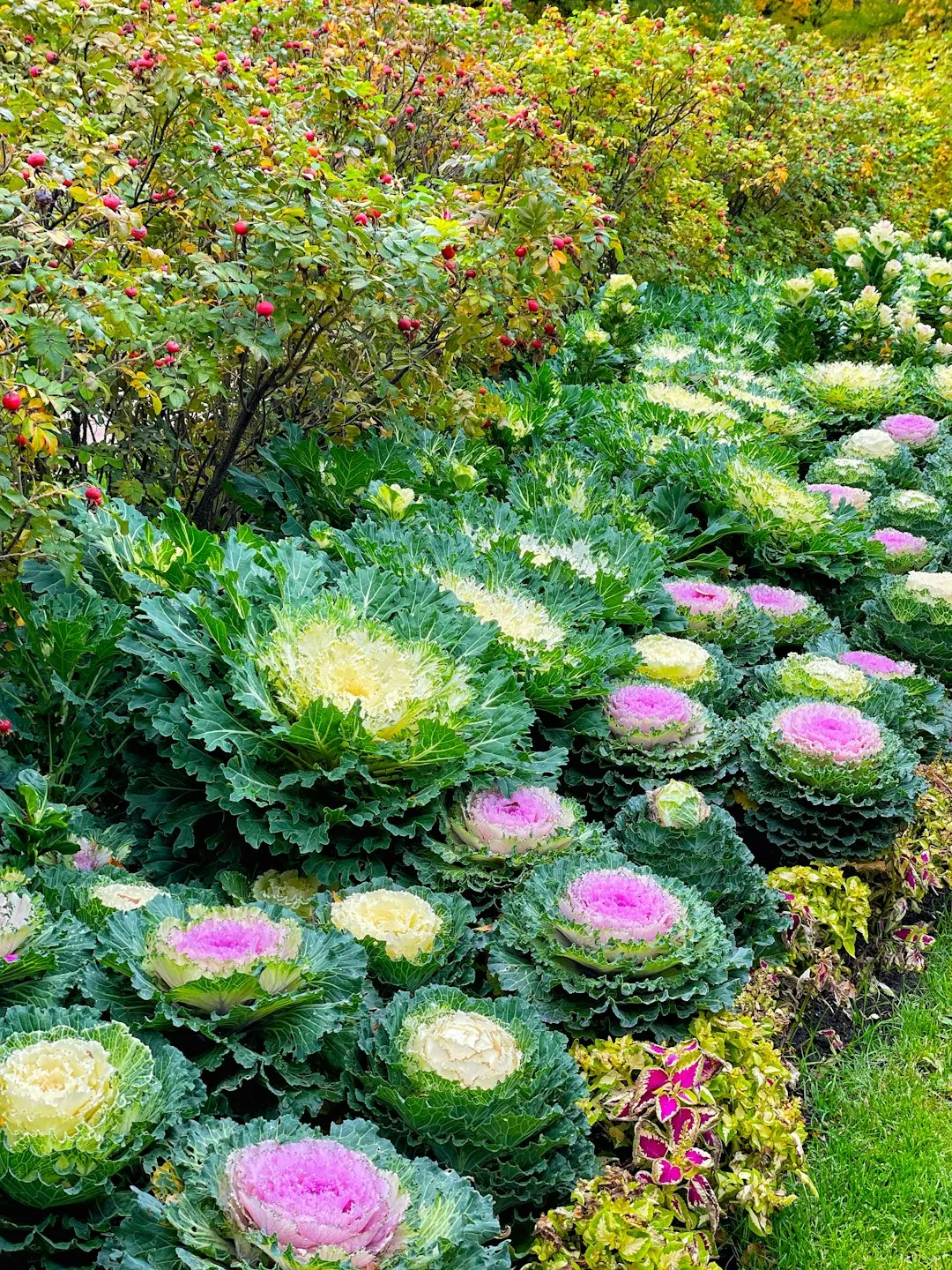Unveiling the Mystique of Date Palms: A Tropical Delight

Embarking on the journey of gardening is a rewarding endeavor, and one of the most captivating plants to cultivate is the date palm. These slow - growing yet impressive tropical trees are not only a visual delight but can also turn into fruitful wonders in your garden. In this article, we will delve deep into the world of date palms, exploring their growth requirements, care tips, and the overall charm they bring to any landscape.
Date palms, scientifically known as Phoenix dactylifera, have a long and rich history. They are believed to have originated in the Middle East and have been cultivated for thousands of years for their delicious dates. These trees have been a symbol of prosperity and sustenance in many cultures, with their presence often gracing the oases of arid regions.
One of the key aspects of growing date palms is understanding their climate preferences. These palms thrive in hot, dry weather. They are well - adapted to desert - like conditions, where they can soak up the intense sunlight and endure long periods of drought. If you live in a region with a Mediterranean climate or a similar hot and dry environment, you are in an ideal location to grow date palms. However, with proper care, it is also possible to grow them in containers in less favorable climates.
When it comes to soil, date palms prefer well - drained soil. They do not tolerate waterlogged conditions, as this can lead to root rot and other diseases. A sandy or loamy soil mix is ideal, as it allows for good aeration and drainage. You can also add some organic matter, such as compost or well - rotted manure, to the soil to improve its fertility and structure.
Propagation of date palms can be done through seeds or offshoots. Growing date palms from seeds is a long and slow process. It can take several years for the seedlings to reach a size where they can be transplanted into the ground. On the other hand, offshoots, which are small plants that grow at the base of the mature palm, can be removed and planted separately. This method is quicker and more reliable, as the offshoots already have an established root system.
Once your date palm is planted, proper care is essential for its growth and development. Watering is crucial, especially during the first few years of growth. While date palms are drought - tolerant, they still need regular watering to establish a strong root system. However, it is important not to over - water them. A good rule of thumb is to water deeply but infrequently, allowing the soil to dry out between waterings.
Fertilization is also an important part of date palm care. These trees require a balanced fertilizer that is rich in nitrogen, phosphorus, and potassium. You can use a slow - release fertilizer or a liquid fertilizer, depending on your preference. It is best to fertilize the palm during the growing season, which is typically from spring to fall.
Pruning is another aspect of date palm care. Dead or damaged fronds should be removed regularly to keep the tree looking healthy and to prevent the spread of diseases. However, it is important not to over - prune the palm, as this can stress the tree and affect its growth.
Date palms are also susceptible to certain pests and diseases. Common pests include scale insects, spider mites, and mealybugs. These pests can be controlled using insecticidal soaps or horticultural oils. Diseases such as fungal infections can be prevented by ensuring good air circulation around the tree and avoiding over - watering.
In addition to their practical uses, date palms also have a significant aesthetic value. Their tall, slender trunks and large, feathery fronds add a touch of tropical elegance to any garden or landscape. They can be used as focal points in a garden, or they can be planted in groups to create a lush, green oasis.
Furthermore, the fruit of the date palm is a delicious and nutritious treat. Dates are rich in vitamins, minerals, and fiber, and they have been used in traditional medicine for their health benefits. Harvesting dates can be a fun and rewarding experience, but it requires patience and careful timing. Dates are typically ready for harvest in the late summer or early fall, when they have turned a deep, rich color and are soft to the touch.
In conclusion, growing date palms is a challenging but highly rewarding gardening project. With the right knowledge and care, you can enjoy the beauty and bounty of these tropical trees in your own backyard. Whether you are a seasoned gardener or a beginner, the date palm is a plant that is sure to captivate your heart and add a touch of the exotic to your garden.